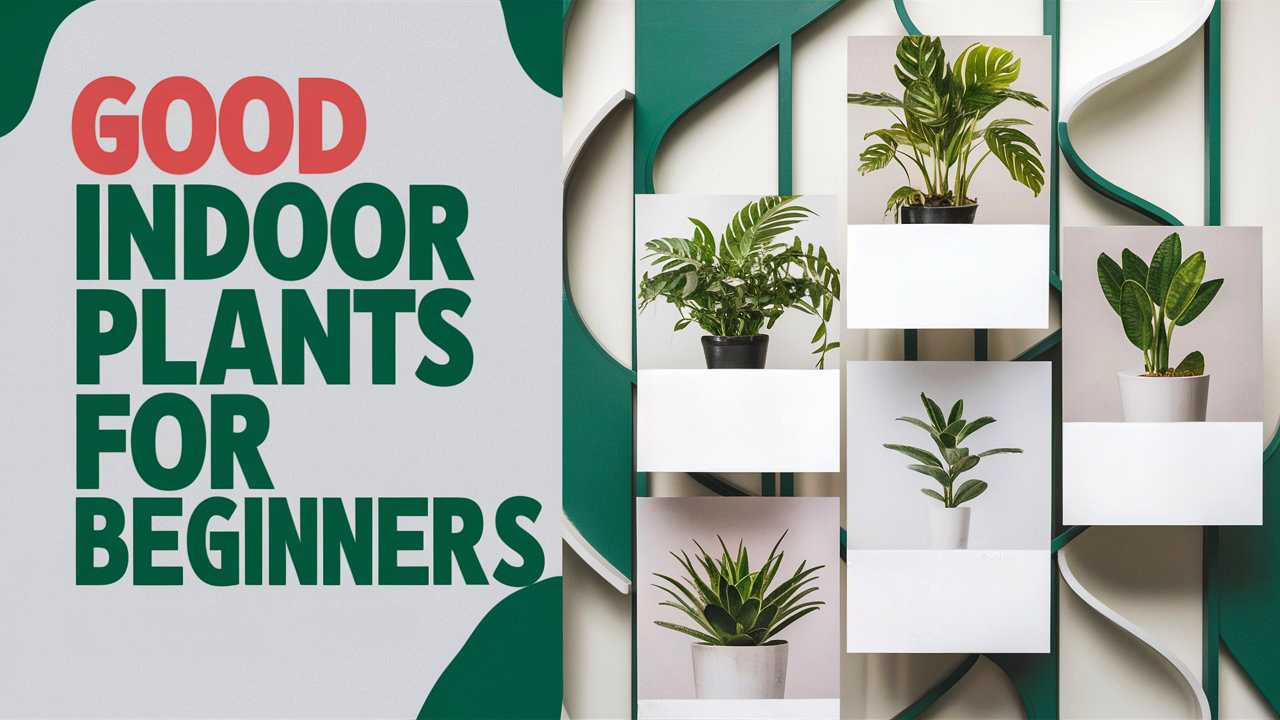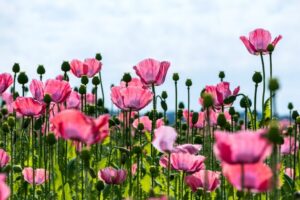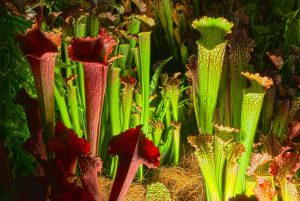In this blog post, we will showcase indoor plants that are not just aesthetically pleasing but also easy to care for, making them ideal choices for those who might not have a green thumb yet.
Snake Plant (Sansevieria)
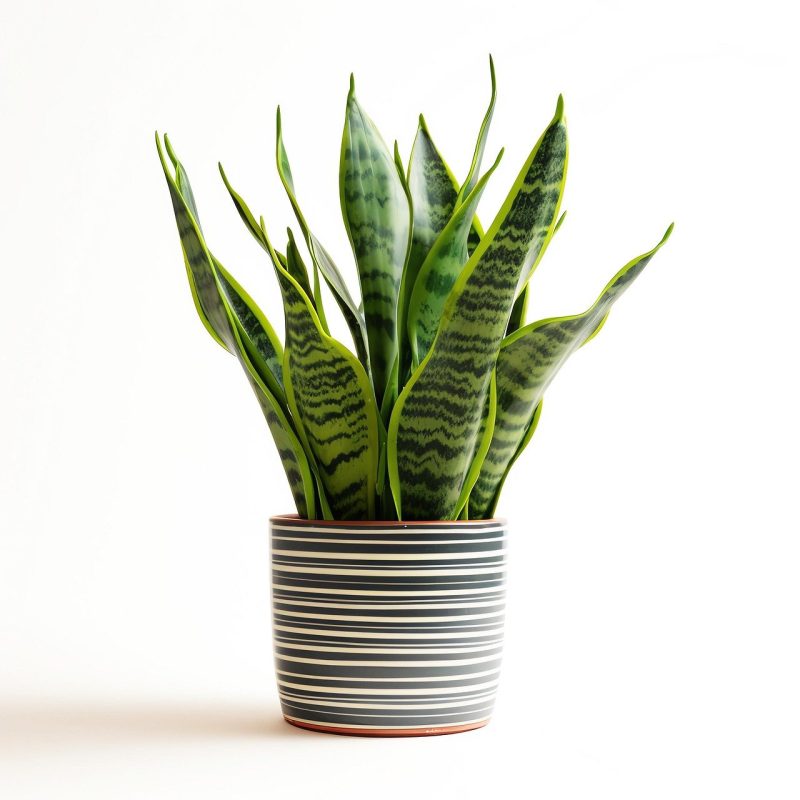
The snake plant is a fantastic choice for beginners, known for its striking upright leaves that vary in shades of green with yellow edges. It thrives in a range of light conditions, from low light to direct sunlight, and requires minimal watering. Just allow the soil to dry out completely between waterings, and this hardy plant will thrive.
Pothos (Epipremnum aureum)
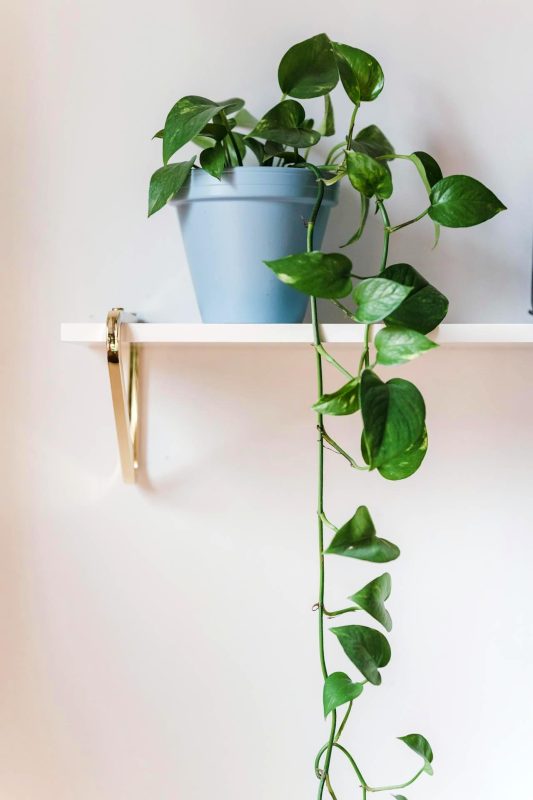
Pothos, also affectionately known as Devil’s Ivy, is another great option for those just starting with indoor gardening. This trailing vine has glossy, heart-shaped leaves that can be variegated in shades of green and yellow. It can tolerate low light, though it grows best in bright but indirect light. Water it when the top inch of soil feels dry, and it will flourish.
ZZ Plant (Zamioculcas zamiifolia)
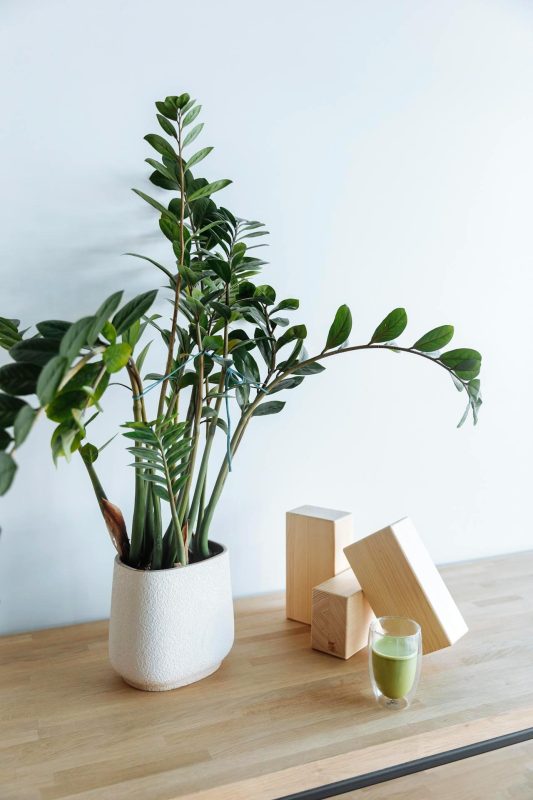
The ZZ plant is perfect for those seeking a virtually indestructible plant. With its glossy, dark green leaves, it can survive in low light and withstand irregular watering. In fact, it prefers to be neglected! Water it only when the soil has completely dried out, and it will reward you with healthy growth.
Spider Plant (Chlorophytum comosum)

The spider plant is a beloved houseplant that is easy to grow and care for. Its arching green and white striped leaves create a beautiful display. Spider plants thrive in bright, indirect light but can also adapt to lower light conditions. Regularly watering when the topsoil dries out will keep this plant looking its best. Plus, it produces “baby” plants that hang down, adding to its charm.
Peace Lily (Spathiphyllum)

The peace lily is not only aesthetically pleasing with its dark green leaves and elegant white flowers, but it also helps purify the air. This plant prefers low to moderate light conditions. It’s a good idea to keep the soil moist but not soggy—water when the leaves start to droop slightly for the best results.
Philodendron

Philodendrons are a diverse group of plants, many of which are perfect for beginners. They’re known for their heart-shaped leaves and ability to thrive in a variety of conditions. Whether you choose a climbing variety that can be trained on a trellis or a bushy type, philodendrons appreciate bright, indirect light and moderate moisture. As a guideline, water when the top inch of soil feels dry.
Rubber Plant (Ficus elastica)

Rubber plants are distinguished by their thick, glossy leaves, which can add a touch of elegance to any room. They prefer bright, indirect light but can adapt to lower light levels. Allow the top inch of soil to dry out between waterings, and you’ll find this plant is relatively low-maintenance, making it great for beginners.
Cast Iron Plant (Aspidistra elatior)
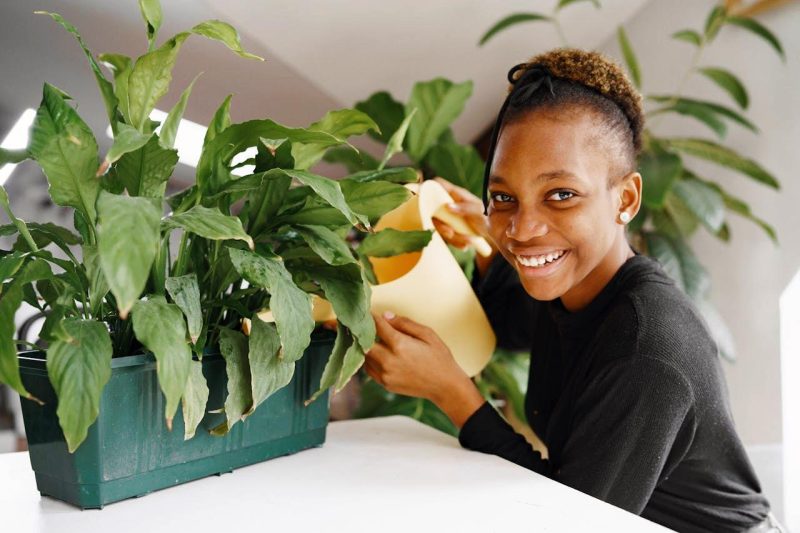
The Cast Iron plant lives up to its name, as it can tolerate neglect, low light, and varying temperatures. Its dark green, strap-like leaves are hardy and attractive. Water it when the soil is dry, and it will thrive even in less-than-ideal conditions, making it an excellent option for beginners.
Chinese Evergreen (Aglaonema)
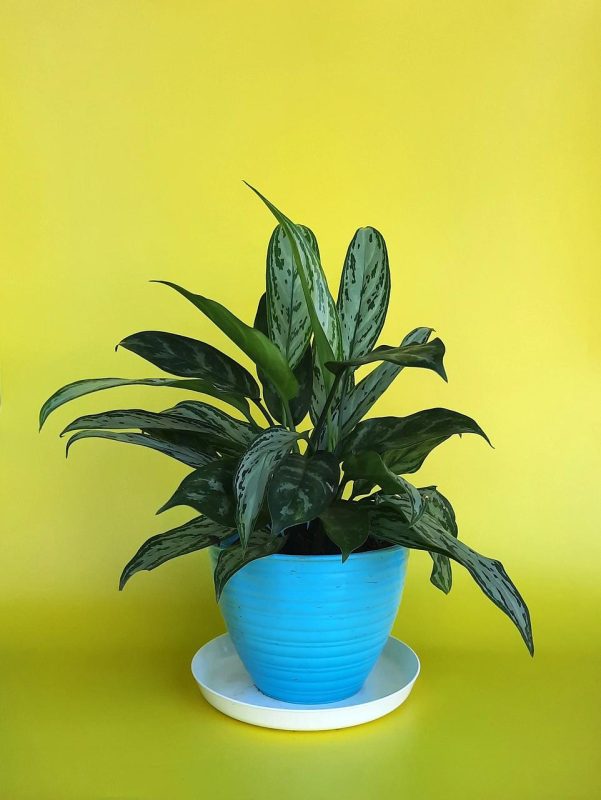
Chinese evergreens are prized for their beautiful foliage, which comes in various patterns and colors, including greens, silvers, and pinks. They are tolerant of low light and highly adaptable plants. Water them when the top inch of soil is dry, and they’ll reward you with lush growth.
Parlor Palm (Chamaedorea elegans)
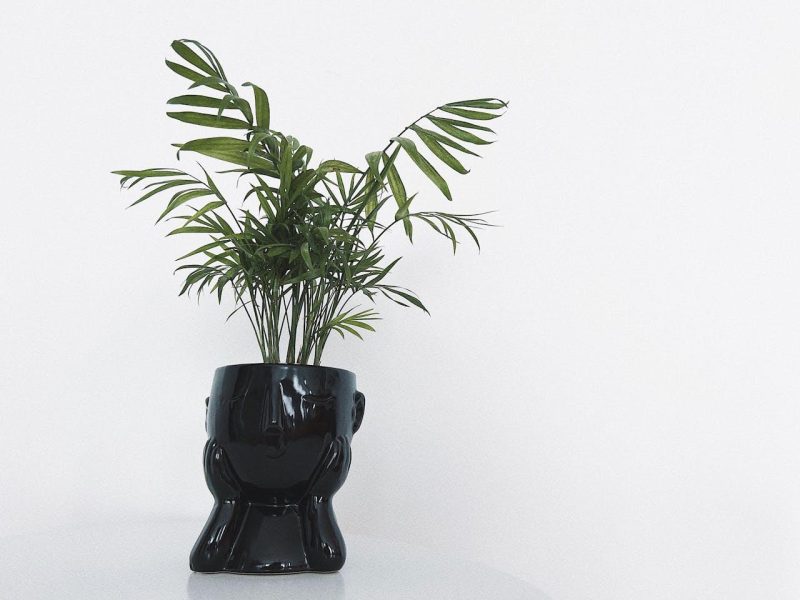
The parlor palm is a small, elegant palm that fits well in indoor spaces, making it ideal for beginners. It thrives in low to medium light and likes to be watered when the top inch of soil is dry. This plant adds a tropical touch to any room, making it a popular choice for those new to indoor gardening.
Dracaena
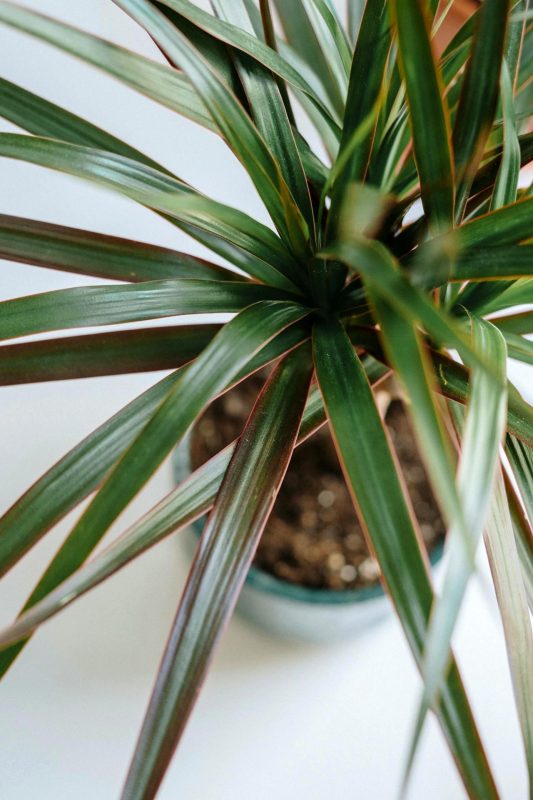
Dracaena comes in many varieties, each with its own unique leaf shape and color. These plants are remarkably forgiving and can adapt to various light conditions, from low to bright, indirect light. Water when the top layer of soil is dry, but be mindful not to overwater, as this can lead to root rot.
Boston Fern (Nephrolepis exaltata)
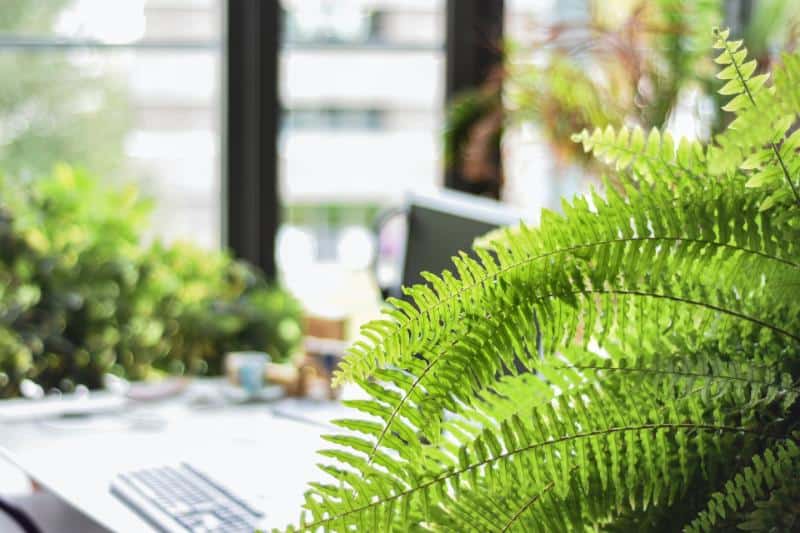
If you enjoy lush greenery, the Boston fern might be the right choice for you. This plant thrives in high humidity environments and indirect light. Keep the soil consistently moist but not soggy, and mist the leaves regularly to increase humidity. While they may require a bit more attention than some other plants on this list, the reward is a beautiful, cascading fountain of green foliage that enhances any space.
Calathea
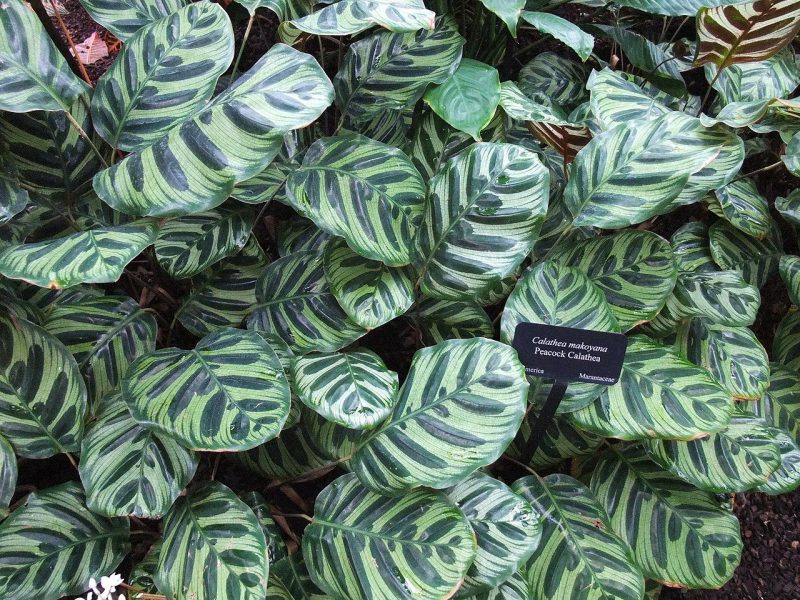
Calathea plants are known for their striking leaf patterns and unique coloration, ranging from deep greens to purples. They thrive in moderate to bright indirect light and prefer to be watered frequently, ensuring the soil remains consistently moist. Calatheas thrive in high humidity, making them perfect for bathrooms or kitchens. Their stunning leaves will bring life to any indoor setting while also being relatively easy to care for.
Dracaena Marginate (Dragon Tree)
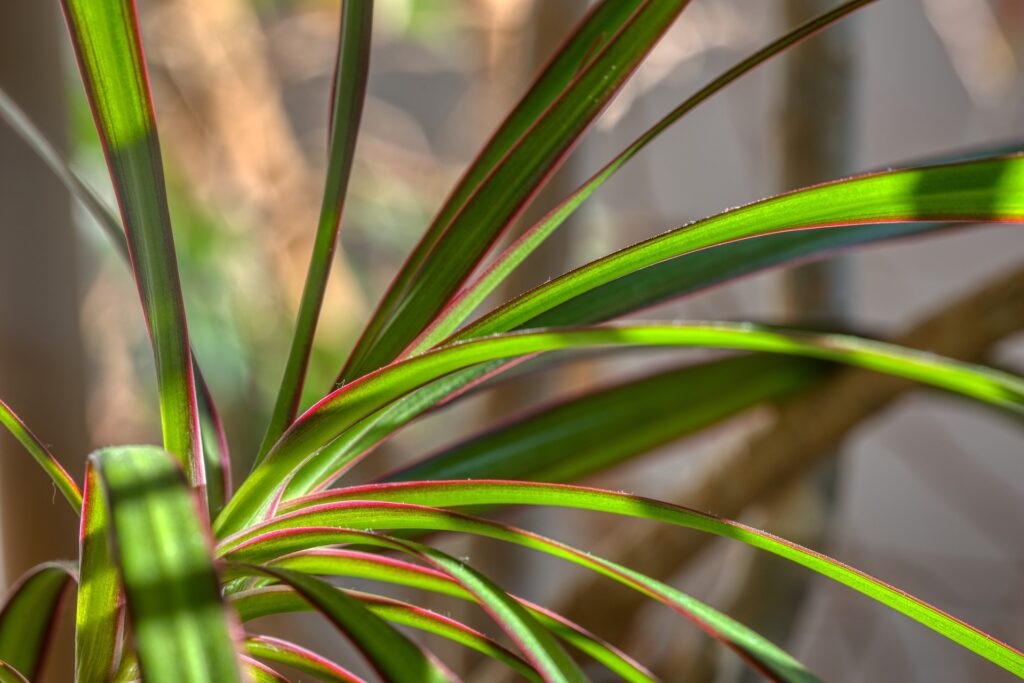
The Dracaena marginata, commonly known as the Dragon Tree, features slender stems topped with spiky, arching leaves. This resilient plant is perfect for beginners, as it tolerates a wide range of light conditions but prefers bright, indirect sunlight. Water it when the top couple of inches of soil are dry, making it a low-maintenance addition to your home.
Money Tree (Pachira aquatica)
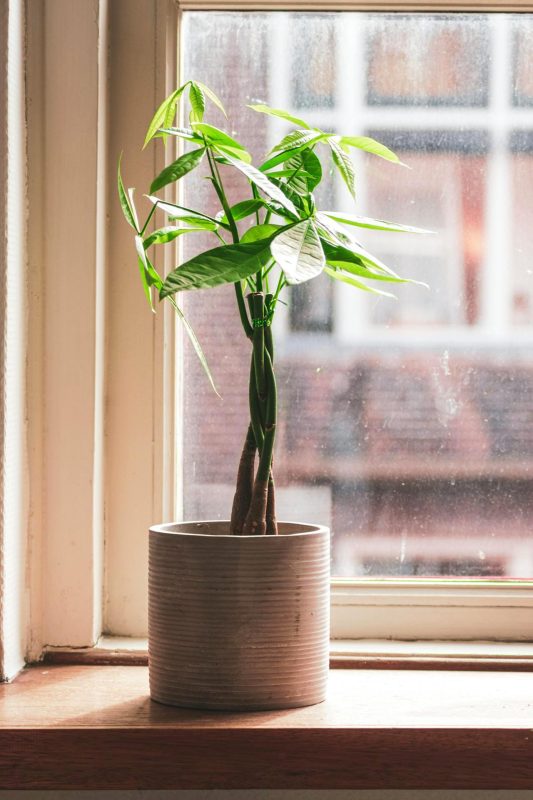
The money tree is steeped in good luck and prosperity traditions, making it a popular houseplant. With its braided trunk and broad, palmate leaves, this plant adds a unique, whimsical touch to your decor. Money trees prefer bright, indirect light and should be watered when the top two inches of the soil feel dry. They also enjoy humidity, so a periodic misting will keep this plant happy.
Fiddle Leaf Fig (Ficus lyrata)
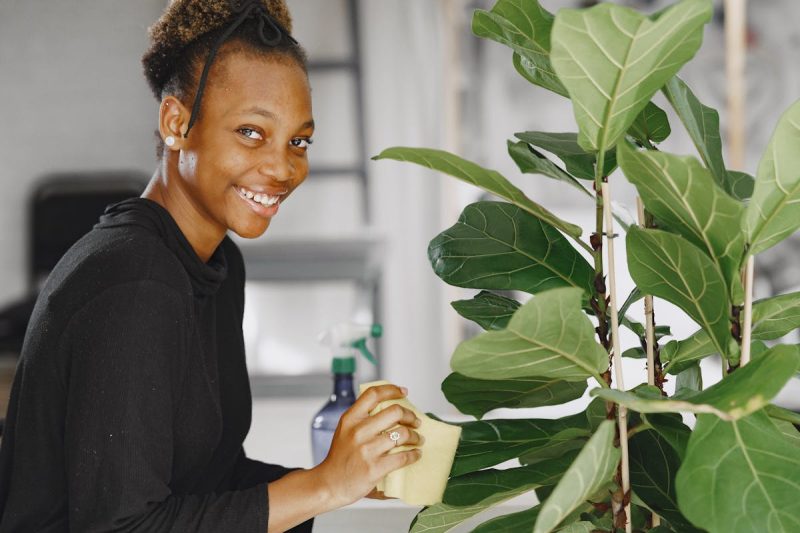
While fiddle leaf figs can be a bit finicky, they are still a fantastic choice for those willing to learn. Known for their large, dramatic leaves, these plants thrive in bright, indirect light. They prefer to dry out slightly between waterings, so keep an eye on the soil moisture. As long as you avoid drastic temperature fluctuations and overwatering, you can enjoy this striking plant in your home.
Aloe Vera
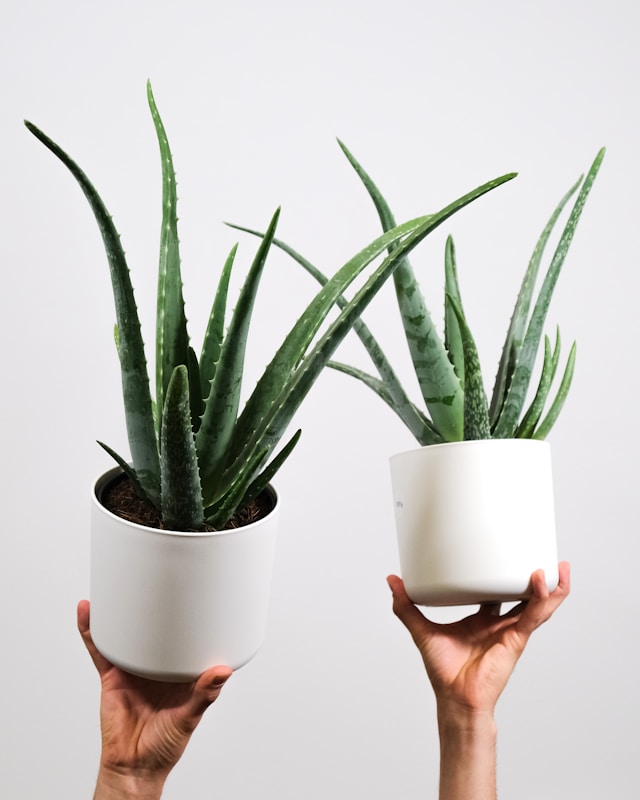
Aloe Vera is not only a beautiful succulent but also a useful plant known for its medicinal properties. It prefers bright, indirect light but can adapt to some direct sunlight. Allow the soil to dry out completely between waterings, as overwatering can lead to root rot. This low-maintenance plant is perfect for beginners who might appreciate its health benefits as well.
Gerbera Daisy (Gerbera jamesonii)

Gerbera daisies, with their vibrant blooms and bright colors, add a joyful touch to your indoor garden. They thrive in bright light, preferably near a window that receives plenty of indirect sunlight. Water them when the soil feels dry to the touch but avoid getting water on the leaves, as this can encourage mold. While they may require a little more sunlight than some of the other plants on this list, their beautiful blossoms can be worth the effort.
Nerve Plant (Fittonia)
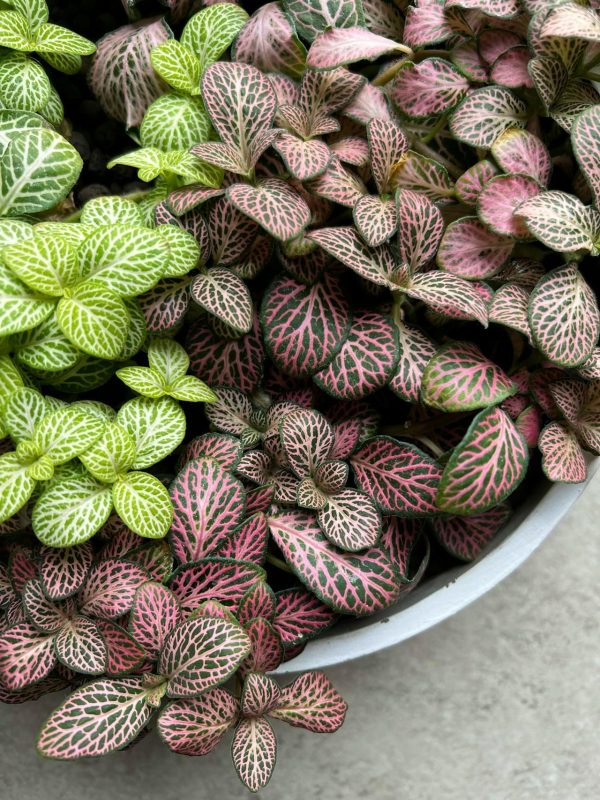
Nerve plants are small but stunning, with colorful, patterned leaves that create a visually striking addition to any indoor space. They thrive in low to medium light and prefer humidity, making them suitable for bathrooms or kitchens. Water them when the soil dries out, and be careful not to let them wilt, as they are sensitive to dry conditions. These plants can bring a pop of color and texture to your indoor garden.
Hoya (Hoya spp.)
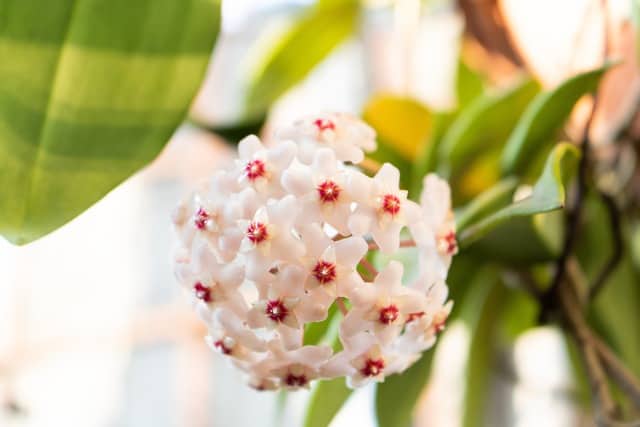
Hoya, commonly known as wax plants, are unique succulent vines that offer thick, waxy leaves and clusters of star-shaped flowers. They thrive in bright, indirect light and prefer to dry out between waterings. Once established, hoyas can be somewhat drought tolerant, making them an excellent choice for busy beginners.
Christmas Cactus (Schlumbergera)

The Christmas cactus is a beautiful plant that can add flair to your indoor garden, especially around the holidays when it produces vibrant blooms. It prefers bright, indirect light and likes to dry out between waterings. Unlike typical desert cacti, it thrives with more humidity, so consider placing it in a bathroom or misting it occasionally. The seasonal blooms are a lovely reward for your care.
Conclusion
Embarking on your indoor gardening journey can be an enriching experience, and choosing the right plants can make a significant difference in your success. Each of these 20 plants offers unique beauty and easy care, making them perfect companions for beginner plant enthusiasts.
As you start your collection, remember that every plant is slightly different in its light and watering needs. Take time to observe how your plants respond to their environment, and don’t hesitate to ask for advice or seek resources if you encounter challenges. With patience and a little love, you’ll cultivate a thriving indoor garden that enhances your living space and nourishes your spirit.


